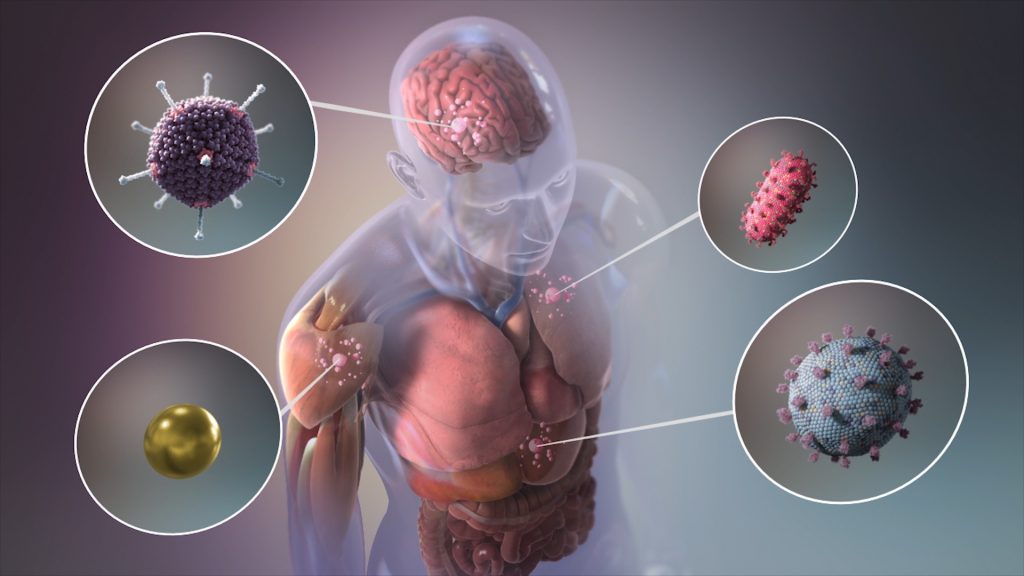The NIH Somatic Cell Genome Editing program is supporting development of new tools and tests that may one day bring more gene therapies to patients.
What if a disease could be treated by diving into a cell to edit the DNA causing the disease? That may be a reality in the not-to-distant future for many diseases thanks to a new program at the National Institutes of Health (NIH).
Gene therapy is a hot topic in science currently, with the development of the CRISPR-Cas9 genome editing system and the discovery of numerous genetic mutations involved in disease. While there are a select few diseases that have an available gene-based treatment, most gene therapy is still in the research phase.
XVIVO recently partnered with colleagues at the NIH to animate research in genome editing that is being spearheaded by The NIH Common Fund. The Somatic Cell Genome Editing (SCGE) program was launched by the NIH in January 2018 to develop quality tools and perform safe and effective genome editing in human patients.
Colleagues at SCGE looked to XVIVO to help communicate the nuances of genetic editing of somatic cells to a broad audience – from the general public to lawmakers to researchers looking for NIH funding. XVIVO approached this project by using detailed and scientifically-accurate visuals to show the possible mechanisms of somatic cell genome editing accompanied by voice over that describes the process in more general terms.
Somatic Cell Genome Editing (SCGE)
The NIH recently awarded $86 million in grant funds over the next 5 years through the SCGE program to external researchers. Any discoveries resulting from the funded grants will be made publicly available to the scientific community, with the hopes of accelerating the development of gene therapies to treat specific diseases.
The team at XVIVO was delighted to continue our collaboration with NIH on this video, and to help the public and researchers become more aware of the gene editing resources available at NIH.
